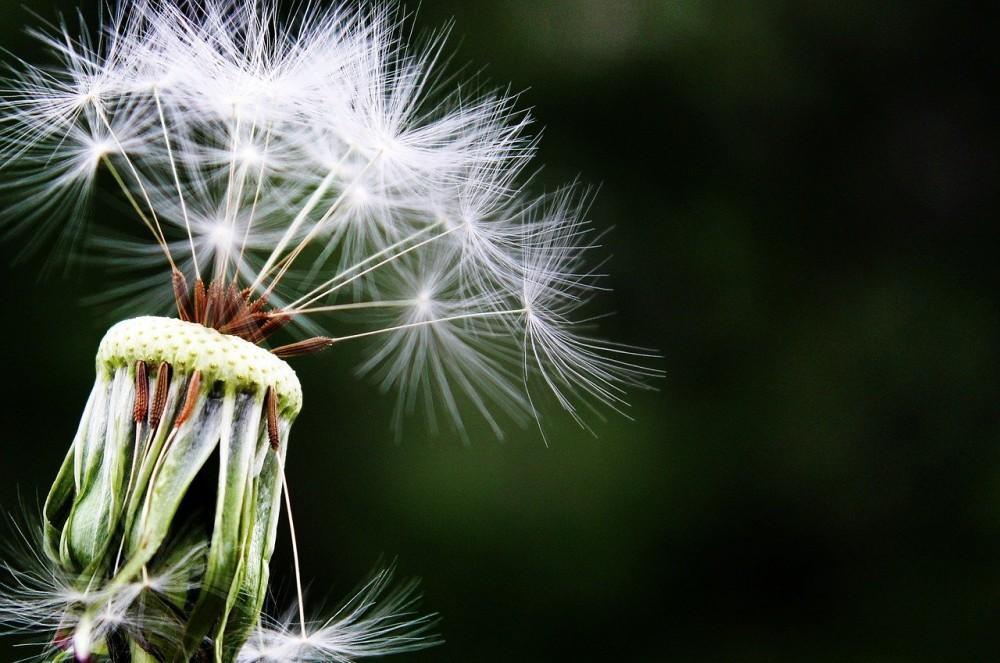Texas is a popular place to call home and a tourist attraction thanks to the vastness and diversity of its climate and landscape. Most newcomers who visit Texas for the first time aren’t aware of some of the allergies that the locals have already adjusted to.
The seasonal allergies in Texas (like elsewhere in the world) can be whittled down to four times in the year: winter, spring, summer and, fall. The main culprit is the proliferation of local flora such as trees and grasses. Here’s what happens during each of these seasons:
Winter
Winter is quite possibly, the worst time of the year in Texas as far as allergic symptoms go. The most notorious of allergic reactions are attributed to cedar fever, brought about by the lush cedar trees that are generously populated throughout Texas. During typical cases, most people assume they’ve got the case of flu when in reality, they’ve developed an allergic reaction to cedar trees.
Spring
Allergies in Texas during the spring season share similar characteristics to allergic reactions to trees, more specifically, the oak tree. Oak trees grow new leaves, which produce billions of pollen – and with it, an overabundance of allergic reactions. It is worth mentioning here that the rapid fluctuations in temperature, wind patterns, and air pressure only serve to exacerbate allergic reactions.
Other trees to steer clear from during this time of the year in Texas include ash, pecan, elm, and cottonwood, all of which are known for its allergen-producing leaves.
Summer
Allergies in Texas during summer are typically attributed to various grass species including, sweet vernal, orchard, bermuda, and bahia. These grasses can be found growing in great abundance near parking lots, roadsides, and other areas that aren’t properly maintained and/or abandoned.
Fall
Fall is the second-worst time in the year for Texans due to the overgrowth of ragweed pollen. Ragweed is a plant that belongs to the Ambrosia genus. There are about 17 different species of ragweed spread out across the US. They are most common in rural areas of the Midwest and East.
A single plant can make up to 1 billion (that’s nine zeroes after the one) pollen grains during one season. These grains are incredibly nimble and float through the air for as far away as 400 miles.
During Fall, the ragweed plant booms and the pollen attaches to IgE antibodies (produced by the immune system). This releases chemicals like histamine that flare up allergic reactions in the form of sniffles, a runny nose, itchy eyes, coughing, and wheezing.
What to Do with Texas Allergies?
Here are a few things you can do to stay on top of your allergies:
- Consider wet-vacuuming your carpet whenever possible. You could also think about removing carpet entirely. This is because allergens tend to stick to carpets for long periods of time until someone comes in contact with them.
- Use over the counter medications to treat your allergy
- Clear out your nasal cavities and sinus with a warm water solution

